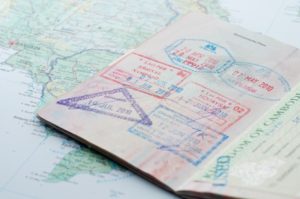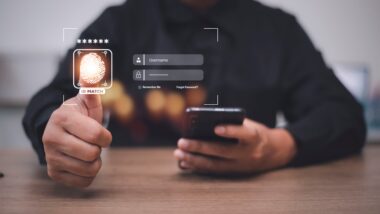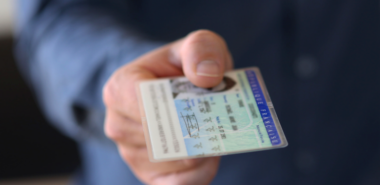
Earlier in the year, we discussed how digital drivers’ licenses could improve safety on the roads and reduce fraud. But it’s not the only traditionally printed document that could be revolutionized by a switch to digital.
In 2015, an Ideas Challenge led by Australia’s Department of Foreign Affairs and Trade resulted in the first major development of Digital Travel Credentials, an initiative which has since generated much interest around the globe. It has even gained support from the International Civil Aviation Organization (ICAO), the UN agency in charge of ePassport standardization.
Its aim is to store information from Australian passports in the cloud, alongside biometric identifiers, and grant Australian citizens the opportunity for document-free travel between Australia and New Zealand.
Digital Travel Credentials can be ideal companions to physical documents. Let’s consider two scenarios to understand the power of such an initiative:
Losing your passport while traveling
Your consulate or Embassy could activate a digital copy on your mobile phone, retrieved from the Government Passport Agency’s servers, so that you can cross borders. Data in the mobile phone is signed using the same certificate as the data stored in the microprocessor of the lost passport booklet, providing a much better level of security than most emergency travel documents, which usually comprise a piece of paper with some basic security features, and manual issuance in a Consulate.
Applying for a visa
Usually, you have to visit a Consulate to apply for a visa, since you must physically provide your passport for the visa to be issued in the visa pages of the booklet. With Digital Travel Credentials, passport data could be transferred directly between the applicant’s passport issuing authority and the visa office. This speeds up the process for both the visa office and the applicant, while allowing for a higher level of confidence in the data provided. With the next version of the ePassport specification, it will even be possible for the applicant to securely download the visa from the visa office, using a mobile phone, for a faster check at the point of entry in the country. This can also be useful for pre-travel authorization, since it increases the level of confidence in the data provided by the applicant.
In June 2016, the ICAO New Technologies Working Group created a new sub-group on digital travel credentials. The ongoing work done on next generation ePassport, where visas and entry/exit stamps will optionally be stored in the ePassport microprocessor, has been transferred to this sub-group, given the natural convergence between the two topics.
We’re closely following this project and looking to contribute to the trend, leveraging our work on derived credentials and mobile ID to address market demand in the future, while building a bridge between physical and digital passports.
What are your thoughts on the future of passports? Let us know by tweeting to us at @Gemalto or by posting a comment below.


